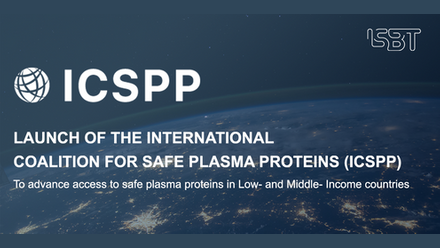The purpose of the national blood system is to ensure timely access to quality-assured, safe and sufficient supplies of blood and blood components for all patients needing transfusion. A national blood system should be coordinated at national level to promote uniform standards, economies of scale, consistency in the quality and safety of blood and blood products, and best transfusion practices, and to achieve the global goal of equitable access to safe blood transfusion for all populations.
Low- and middle-income countries (LMICs) face many challenges in establishing or improving their national blood systems. Recently, the World Health Organization (WHO) established the Action Framework to advance universal access to safe, effective and quality-assured blood products 2020–2023. The aim was to give strategic direction to global efforts to address barriers to a safe blood supply. However, LMICs still face challenges in the implementation of the Action Framework. Difficulties include how to assess the local situations and national health systems; which challenges should be prioritized to be overcome first; and how to develop a well-monitored programme for implementation at the national or local level.
In response to these difficulties, WHO developed a blood system self-assessment tool to help stakeholders assess their blood systems through a stepwise questionnaire that identifies its strengths and challenges. Ultimately, the objective of this questionnaire and associated resources is to help countries understand how to move towards a well-functioning blood system.
















